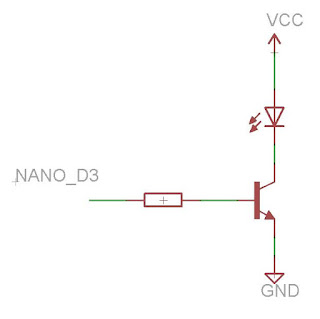Setting up Arduino IDE for ESP8266, ESP-01S and FauxMo. Hey Alexa, are you listening? I've been interested in playing around with some ESP8266 modules for ages. In case you have been living under a rock for the last few years, the ESP8266 has taken the hobby-world by storm as the way of getting WiFi easily into a project. In fact you need to catch up, because the ESP32 has come hot on the ESP8266 heels. Sometimes choice can be a curse, and it seems that way to me with the ESP8266 board - there are a veritable plethora of boards available. So where to start from? I like to keep my form factor small and keeps things as simple as possible, so decided to opt for the ESP-01S board, which is albeit limited in terms of GPIO pins (only two), but is really the barebones of an ESP8266 board - small with no other voltage regulators, so we are in control. In retrospect, I think I would now have gone for a Wemos Mini-D1 as you get so much more in terms USB hookup...





